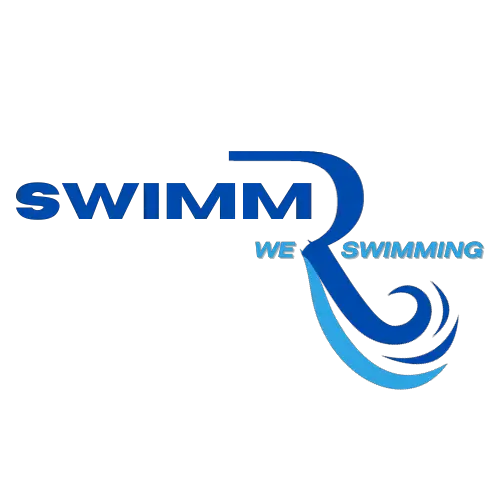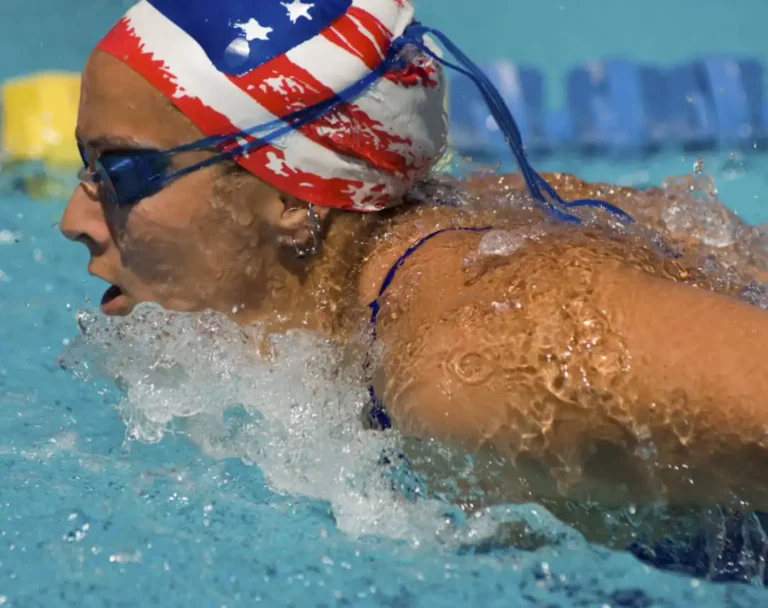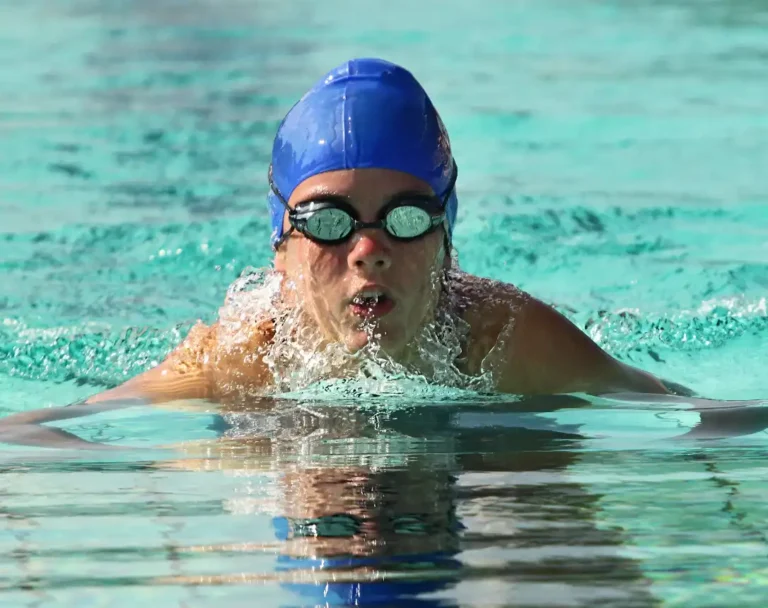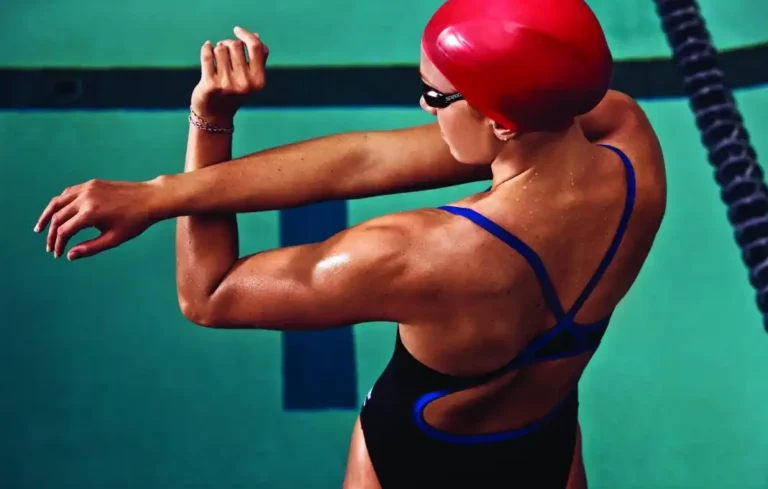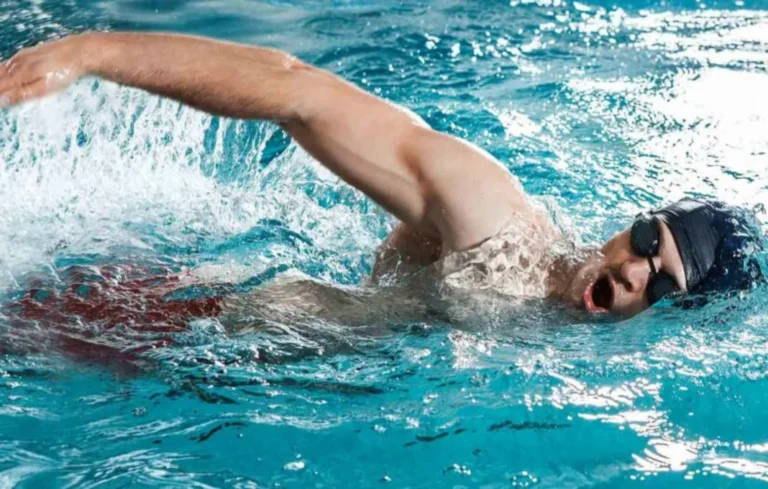Unlock the secrets of masterful swimming with a deep dive into swimming technique. Whether you’re slicing through the water with graceful strokes or powering through laps with unmatched efficiency, mastering the right techniques is key to transforming your swimming experience.
From beginners to seasoned swimmers, there’s always room to refine your skills. Ready to elevate your swim? Let’s embark on a journey to perfect your swimming technique.
Introduction to Swimming Techniques
Swimming is my passion, and diving into the world of swimming techniques excites me every time! Imagine gliding through the water effortlessly; that’s the power of mastering different techniques. Freestyle, for example, is all about the smooth alternation of arms with a flutter kick. I remember my first freestyle lap, the thrill of coordination, and the rush of water past me.
When I transition to breaststroke, the technique shifts. It’s a synchronized dance of arms and legs in a circular motion, propelling me forward with grace. I feel my muscles working harmoniously – a true test of my skill.
The butterfly – now that’s where fierce energy erupts. The dolphin kick and simultaneous arm movement require powerful muscles and strong lungs. Each stroke I take, my body waves through the water, making me feel unstoppable.
And let’s not forget the backstroke. Floating on my back, arms rotating like windmills, I gaze at the sky as my legs kick in a flutter. The backstroke is a unique blend of relaxation and intensity that tests my balance and coordination.
Here’s a quick recap in bullet points:
- Freestyle: Alternating arms, flutter kick.
- Breaststroke: Synchronized circular arm and leg movement.
- Butterfly: Simultaneous arm movement with a dolphin kick.
- Backstroke: Arms rotating in opposite, with flutter kick while on the back.
Embracing these techniques has transformed my swimming experience, making every stroke powerful and every lap a joy. Join me, and let’s make waves with our incredible swimming techniques!
The Four Competitive Strokes
I can hardly contain my enthusiasm when I talk about the competitive strokes in swimming! Each stroke is unique, challenging muscles and coordination in different ways, but they all share the thrilling ability to propel swimmers through the water with grace and power.
Freestyle Swimming
Freestyle, commonly the fastest in the pool, relies heavily on the flutter kick and a constant reach forward to slice through the water. My go-to tips include:
- Maintain a steady rhythm and keep your strokes even.
- Alternate your arms while rotating your body to reduce drag and build speed.
Backstroke Fundamentals
Backstroke demands a horizontal body position and strong back muscles to stay afloat. Its unique characteristics are:
- Akin to freestyle but upside down, maintain a fluid arm movement.
- Engage in continuous rotation with each stroke to achieve stronger pulls.
Breaststroke Technique
Breaststroke is all about timing and coordination. Here are the essentials:
- Use a whip kick and a simultaneous sweeping motion of the hands.
- Always remember to glide after each kick to optimize your forward movement.
Butterfly Stroke Mastery
The butterfly stroke requires a harmony of strength and timing. For a superb butterfly, heed my advice:
- Master the dolphin kick; both legs should move as one.
- Emphasize the upper body rhythm – it’s a dance between power and finesse!
Core Swimming Skills
As I dive into the world of swimming, it’s the core techniques that elevate my performance in the water. Mastering these has reshaped my freestyle swimming and infused my swim workouts with efficiency and speed. Every stroke I take is a testament to the power of skill and technique.
Proper Breathing Technique
Starting with breathing, it is essential to synchronize my breath with my strokes. I inhale quickly through my mouth when turning my head to the side during the arm recovery phase, ensuring my timing keeps my momentum smooth. Exhaling underwater through my nose or mouth prevents a build-up of carbon dioxide in my lungs. The table below summarizes this breathing technique:
| Phase | Action |
|---|---|
| Inhalation | Quick through mouth |
| Exhalation | Underwater, through nose or mouth |
Kicking Efficiency
Moving to kicking, the flutter kick is the backbone of my freestyle. Consisting of alternating leg movements, I keep my kicks small and steady, originating from the hips to avoid dragging. The dolphin kick, utilized in butterfly, is a simultaneous whip-like motion that boosts my propulsion. For a more energy-conserving approach, the two-beat kick aligns with my stroke tempo, perfect for long-distance swimming.
Art of the Pull
Finally, the pull is where things get exciting. The pull phase is divided into three parts: catch, pull-through, and recovery. My arm movement begins with a high elbow position to maximize water resistance, transitioning smoothly into the pull-through to push the water directly behind me. By the recovery, I ensure my arm exits the water with the elbow first to prepare for the next catch with minimal drag.
By sharpening these core swimming skills, I continuously refine my technique and efficiency in the water.
Enhancing Swimming Practice
When I hit the pool, every stroke counts. Getting the most out of my swim workouts means focusing on building muscle, honing technique, and personal coaching to sharpen my skills.
Building Strength and Endurance
Stronger muscles propel me through the water more efficiently, so I include resistance training in my routine. Here’s my weekly strength plan:
- Monday & Wednesday: Gym workouts targeting core, arms, and legs
- Friday: Resistance swim drills using paddles and fins
Technique and Drills
My swim coach emphasizes the importance of drills for improving technique. Here’s a breakdown of my drill-focused workouts:
- Catch-up Drill: Focusing on one arm at a time to improve stroke efficiency
- Zipper Drill: Practicing high-elbow recovery to reduce drag
- 3-3-3 Drill: Consecutive strokes with breath control to build lung capacity
Personalized Coaching
Personalized coaching has transformed my swim practice. My coach analyzes my technique, provides targeted tips, and tailors workouts to my specific needs. Together, we’ve identified key areas for improvement and designed a lesson plan that keeps me excited to dive in and swim!
- Focus Area: Streamlining body position
- Goal: Reducing lap times by 2 seconds
My swim lessons are an investment in my performance, and the payoff is clear in the water!
Advanced Topics in Swimming
Engaging with advanced swimming topics propels my performance in the water like nothing else. Perfecting my stroke mechanics, mastering pace control, and executing flawless turns and dives contribute substantially to my efficiency and speed.
Swimming Mechanics
In the realm of swimming mechanics, I focus intently on my stroke. The proper stroke technique hinges on the synchronized movement of my upper body and core, ensuring minimal drag and maximal forward thrust. Here, I ensure my elbows are high during the pull phase to optimize my stroke cycle.
- Stroke Cycle: Each cycle involves phases: reach, catch, pull, and recovery.
- Body Positioning: A horizontal body position reduces drag, conserving energy for speed.
Pace and Speed Control
Control of pace is critical. I use structured intervals to develop an intuitive sense for maintaining consistent speed. It’s about striking a balance between my aerobic capacity and my sprint capabilities so that I can adapt my pace according to the race strategy.
- Aerobic Training: Enhance foundation for speed endurance.
- Sprint Training: Build quick-twitch muscle response for explosive speed.
Diving and Turns
Diving and turns can make or break my race. A streamlined dive sets me up for a rapid entry with minimal resistance. During turns, the objective is compact efficiency; tucking in tightly and pushing off with force to revert quickly to a streamlined position.
- Streamline Technique: Upon entry or turn, elongate body to minimize resistance.
- Turn Execution: Tuck knees and rotate swiftly to maintain momentum.
Throughout my practice, I consistently incorporate these advanced techniques, cementing them as second nature when I dive into competition.
FAQ – Frequently Asked Questions
What are the basic swimming techniques?
Master the freestyle, breaststroke, backstroke, and butterfly for a well-rounded swimming skill set.
How can I improve my swimming technique?
Focus on form, practice drills regularly, and get feedback from a coach or video analysis.
Why is swimming technique important?
Efficient technique increases speed, reduces fatigue, and prevents injuries, making every swim more enjoyable and effective.
Thank you for joining us on this journey to perfect your swimming technique. We’d love to hear about your progress and any tips you’ve discovered along the way. Just share your thoughts down in the comments.
